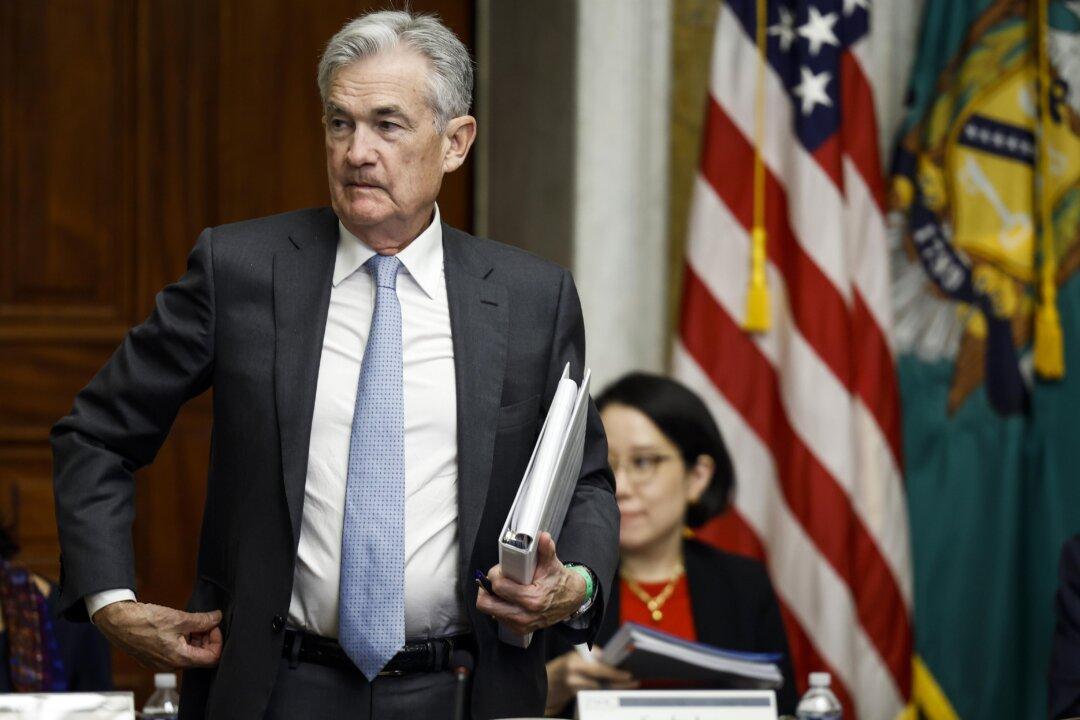The Federal Reserve has distributed more than $15 billion over the past four weeks to banks and money market funds simply for not investing their cash or that of their investors. The payouts have increased dramatically this year as the Fed is raising interest rates in an attempt to curb inflation.
The Fed is saying interest rates need to go up in order to curb demand for goods and services and thus lower the incentive for producers to raise prices. But the way the Fed goes about raising rates is virtually paying off the financial industry to lend and invest less.





